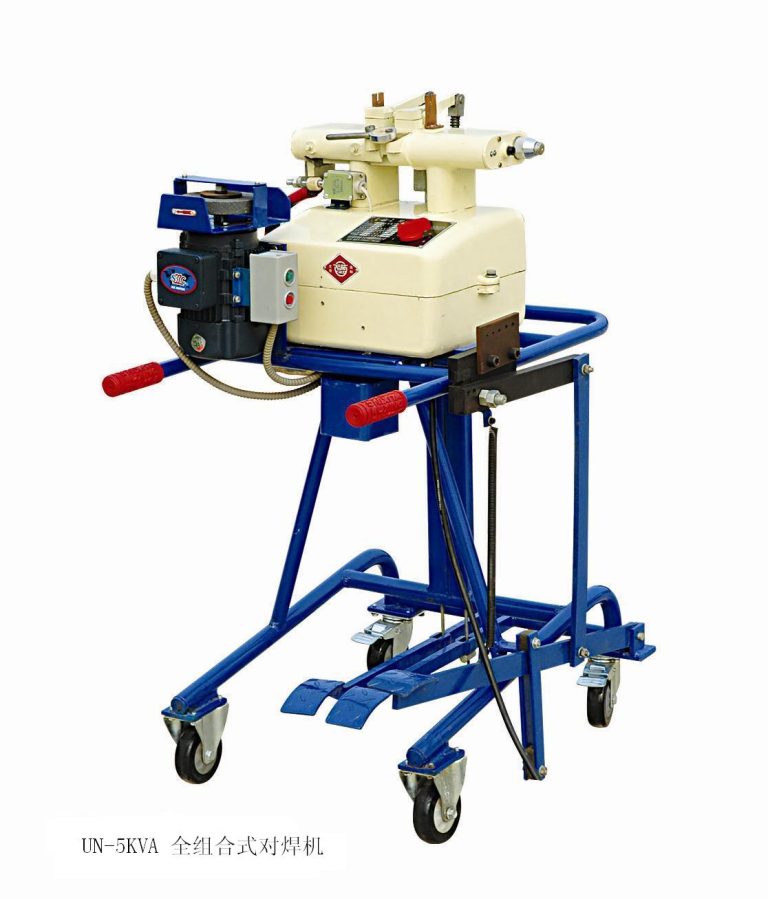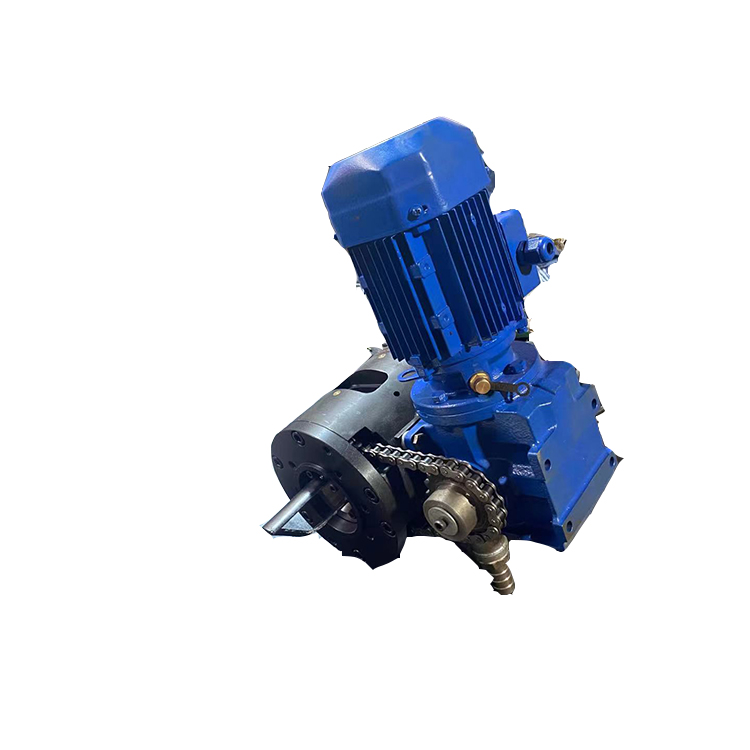How to Properly Maintain and Care for Rotating Die Holder
Rotating Die Holders are essential tools in the manufacturing industry, used for holding and rotating dies during the cutting or shaping of materials. Proper maintenance and care of these holders are crucial to ensure their longevity and optimal performance. In this article, we will discuss some key tips on how to properly maintain and care for rotating die holders.
One of the most important aspects of maintaining rotating die holders is regular cleaning. After each use, it is essential to clean the holder thoroughly to remove any debris or residue that may have accumulated during the cutting process. This can be done using a brush or compressed air to dislodge any particles that may be stuck in the holder. Additionally, wiping down the holder with a clean cloth and a mild solvent can help to remove any stubborn residue.
In addition to regular cleaning, it is also important to inspect the rotating die holder for any signs of wear or damage. Check for any cracks, dents, or other abnormalities that may affect the performance of the holder. If any issues are found, it is important to address them promptly to prevent further damage and ensure the continued functionality of the holder.
Another important aspect of maintaining Rotating Die Box For wire drawing machine is proper lubrication. Lubricating the holder regularly can help to reduce friction and wear, prolonging the life of the holder. It is important to use the correct type of lubricant for the specific holder, as using the wrong type can cause damage. Consult the manufacturer’s guidelines for the recommended lubrication schedule and type of lubricant to use.
In addition to regular cleaning and lubrication, it is also important to store rotating die holders properly when not in use. Store the holders in a clean, dry environment away from moisture and extreme temperatures. This will help to prevent rust and corrosion, which can affect the performance of the holder. Additionally, storing the holders in a secure location can help to prevent damage or loss.
Proper handling of rotating die holders is also important in maintaining their longevity. When using the holder, be sure to handle it with care and avoid dropping or mishandling it. Rough handling can cause damage to the holder, affecting its performance and lifespan. Additionally, be sure to follow the manufacturer’s guidelines for proper use of the holder to prevent any unnecessary wear or damage.

Regular maintenance and care of rotating die holders are essential to ensure their optimal performance and longevity. By following these key tips, you can help to prolong the life of your rotating die holders and ensure that they continue to perform at their best. Remember to clean the holder regularly, inspect it for any signs of wear or damage, lubricate it properly, store it in a clean, dry environment, and handle it with care. By taking these steps, you can help to maintain your rotating die holders in top condition for years to come.
Comparison of Different Types of Rotating Die Holders Available on the Market
Rotating die holders are essential tools in the manufacturing industry, used for holding and rotating dies during various machining operations. There are several types of rotating die holders available on the market, each with its own unique features and benefits. In this article, we will compare different types of rotating die holders to help you choose the best one for your specific needs.
One of the most common types of rotating die holders is the manual rotating die holder. This type of die holder requires manual operation to rotate the die, making it suitable for smaller machining operations where precision is key. Manual rotating die holders are typically more affordable than their automated counterparts, making them a popular choice for budget-conscious manufacturers.
On the other hand, automated rotating die holders offer a higher level of precision and efficiency compared to manual die holders. These die holders are equipped with motors that automatically rotate the die, reducing the risk of human error and increasing productivity. Automated rotating die holders are ideal for high-volume machining operations where speed and accuracy are crucial.

Another type of rotating die holder is the adjustable rotating die holder. This type of die holder allows for easy adjustment of the die position, making it versatile and suitable for a wide range of machining applications. Adjustable rotating die holders are popular among manufacturers who work with different die sizes and shapes, as they can easily accommodate various dies without the need for additional tools or equipment.
In addition to manual, automated, and adjustable rotating die holders, there are also specialized die holders designed for specific machining operations. For example, floating die holders are used for threading operations, where the die needs to move freely to create accurate threads. Floating die holders are equipped with springs that allow the die to move up and down as needed, ensuring precise thread cutting.
When choosing a rotating die holder, it is important to consider factors such as the type of machining operation, die size and shape, and desired level of precision. Manual rotating die holders are suitable for smaller operations that require manual control, while automated die holders are ideal for high-volume production with minimal human intervention. Adjustable rotating die holders offer versatility and flexibility, making them a popular choice for manufacturers who work with a variety of dies.
In conclusion, rotating die holders are essential tools in the manufacturing industry, used for holding and rotating dies during various machining operations. There are several types of rotating die holders available on the market, each with its own unique features and benefits. Whether you choose a manual, automated, adjustable, or specialized rotating die holder, it is important to select the one that best suits your specific needs and requirements. By comparing different types of rotating die holders, you can make an informed decision and ensure optimal performance in your machining operations.
Benefits of Using Rotating Die Holders in Manufacturing Processes
Rotating die holders are a crucial tool in the manufacturing industry, providing numerous benefits that can streamline production processes and improve overall efficiency. These holders are designed to securely hold dies in place while allowing them to rotate freely, making them ideal for a wide range of applications. In this article, we will explore the various benefits of using rotating die holders in manufacturing processes.
One of the primary advantages of rotating die holders is their ability to increase productivity. By allowing dies to rotate freely, these holders enable operators to quickly and easily change the orientation of the die without having to remove it from the holder. This can significantly reduce downtime and increase the overall efficiency of the manufacturing process.

Additionally, rotating die holders can help improve the quality of the finished product. By allowing dies to rotate, these holders can help ensure that the material is evenly distributed and that the finished product is free from defects. This can help reduce waste and improve overall product quality, leading to higher customer satisfaction and increased profitability.
Another benefit of using rotating die holders is their versatility. These holders can accommodate a wide range of die sizes and shapes, making them suitable for a variety of applications. Whether you are working with round dies, square dies, or even custom-shaped dies, rotating die holders can provide the flexibility you need to meet your manufacturing requirements.
Furthermore, rotating die holders can help reduce operator fatigue and improve safety in the workplace. By allowing dies to rotate freely, these holders can help reduce the amount of force required to operate the machinery, making it easier for operators to perform their tasks. This can help prevent injuries and improve overall workplace safety.
In addition to these benefits, rotating die holders can also help extend the life of your dies. By allowing dies to rotate freely, these holders can help distribute wear and tear more evenly, reducing the risk of premature failure. This can help save you time and money on die replacement costs, ultimately leading to a more cost-effective manufacturing process.
Overall, rotating die holders offer a wide range of benefits that can help improve productivity, quality, versatility, safety, and cost-effectiveness in manufacturing processes. Whether you are working with metal, plastic, or any other material, rotating die holders can provide the flexibility and efficiency you need to meet your production goals.
In conclusion, rotating die holders are a valuable tool in the manufacturing industry, offering numerous benefits that can help streamline production processes and improve overall efficiency. By allowing dies to rotate freely, these holders can increase productivity, improve product quality, enhance versatility, reduce operator fatigue, and extend the life of your dies. If you are looking to optimize your manufacturing processes, consider incorporating rotating die holders into your operations.





